
Author: Dustyn Deerman
Last Updated April 2024
Pagan rituals are at the heart of many popular holidays celebrated around the world today.
Yule (Christmas), Ostara (Easter), and Samhain (Halloween) are the most well-known. But there are other celebrations throughout the year that bear great importance to witches, wiccans, and pagans.
Paganism encompasses a diverse community of people who focus their energies on practices like ecology, witchcraft, Celtic traditions, or certain gods and goddesses. The recognition of the divine in nature is at the heart of many of their beliefs, and much of what (and how) they celebrate throughout the year is based on their awareness of the natural world.
The pagan Wheel of the Year is broken up into 8 sabbats, or holidays. Learn the history of each sabbat, how to celebrate, and a tarot spread for each holiday.
The Wheel of the Year
The Wheel of the Year represents a pagan holiday calendar that’s split into 8 sections, or sabbats. These 8 sabbats divide the year equally, marking the beginning of each season as well as their mid-points.
Because the yearly solstices and equinoxes are tied to astronomical events, some of the sabbats shift slightly from year-to-year.
The 8 sabbats are split up into two categories — the lesser and greater sabbats.
- Yule, Ostara, Litha, and Mabon are known as the lesser sabbats. These are the pagan seasonal holidays, more commonly known as solstices and equinoxes.
- Imbolc, Beltane, Lammas, and Samhain are known as the greater sabbats. These pagan holidays mark the midpoint of each season.
A celebration comes about every 6 weeks, so there’s always something to look forward to. Each pagan sabbat has its own spells, rituals, and tarot spreads associated with it.
1. Yule (December 19-23)
Yule is the celebration of the winter solstice. This is the shortest day and longest night of the year.
While Yule is a time of darkness, it’s also a time of rebirth, as it’s a new beginning for light to enter the world again.
Yule is associated with thought and reflection. It’s a time to look back on your year and reminiscing about what has happened. Honor your lost loved ones during Yule, and give them a space to join you in the celebrations.
One of the most important aspects of honoring this sabbat is the Yule log. Traditionally, celebrants burn the log through the night to represent how light can always be found in the darkness. At the end of the burning, a piece of the log is saved until the following year to symbolize the cycle of all things in nature.
Tarot Spread for Yule

As you ground yourself and set your intention for the season ahead, pull a card for each of these questions. Pay attention to the imagery on your cards and how they speak to your intuition:
- Card 1: What am I invited to release as we shift into the lighter days?
- Card 2: Advice for helping this release move through me.
- Card 3: What seeds should I plant for the coming lighter days?
- Card 4: What is being reborn in my life?
- Card 5: How do I honor myself at this time?
Learn how to celebrate Yule with decorations, altars, and your own Yule log >
2. Imbolc (February 1-2)
Imbolc, also known as Candlemas, marks the halfway point of the winter season. It’s a time for cleaning and organizing your living environment (think spring cleaning), as well as clearing your mind and heart of things that no longer serve you.
During the fire festival Imbolc, Brigid, the Celtic goddess of motherhood and fertility, is honored by celebrants. Traditionally, a sun wheel, or Brigid’s Cross, is made by all who wish to honor the goddess and then burned to celebrate the continuity of life.
During Imbolc, clear space and allow room for new opportunities to arise in your life. Let go of the old and let the new in. Embrace creativity and find inspiration in the upcoming season of growth.
Tarot Spread for Imbolc

This tarot spread is meant to build on itself. You’ll be shown an area of your life that needs some attention and, if acknowledged, how you can transform it and find growth.
- Card 1: What fire can you light going forward?
- Cards 2, 3, and 4: Your path of healing.
- Cards 5 & 6: How that healing will transform you.
- Card 7: A message from Brigid.
- Card 8: How you can thank Brigid for her presence and care.
3. Ostara (March 19-21)
Ostara, which falls on the first day of spring, marks the newfound balance between light and darkness. This sabbat was named for Eostre, the Germanic goddess of dawn. New beginnings, abundance, and great potential are the focus of this celebration.
During the spring equinox, day and night are of equal length. As the days get longer, the hopes and intentions you set during Imbolc may come to fruition.
Do a planning ritual to honor the arrival of the spring season. During this “seed blessing,” the main idea is to take a seed in your hand, visualize and hold your intention, then plant it. Manifest your intention as you watch the new life grow.
Tarot Spread for Ostara
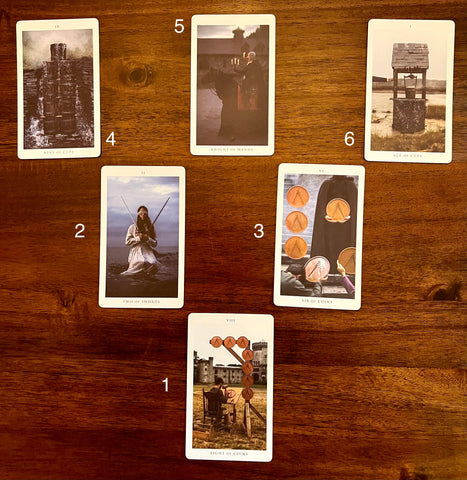
The egg is an important symbol of Ostara, representing fertility and new life. This spread embraces the representation of the egg, starting from within.
- Card 1, The Yolk: What has been gestating all winter and is ready to be born?
- Card 2, The Shell: What limiting beliefs or old structures am I ready to break through and leave behind?
- Card 3, The Crack: How do I break through the shell and open myself up to transformation and rebirth?
- Card 4, The Sun: What will awaken and nourish me this season?
- Card 5, The Song: How do I speak my truth and embody my light?
- Card 6, The Wing: What new journey or opportunity invites me this spring?
4. Beltane (April 30-May 1)
Beltane, also known as May Day, is the midpoint between spring and summer. Life bursts from the earth as the sun shines its light on nature. This sabbat invokes passion, love, and sexuality.
It’s common for hand-fasting ceremonies to take place during Beltane. During a ceremony, the hands of 2 people are bound together to symbolize their commitment to one another. As they are connected, they exchange vows.
Bonfires are a widely practiced tradition. Jumping over the fire is a way to bring blessings while sending animals through the smoke is believed to protect them. Another recognizable symbol is the maypole, decorated with greenery and ribbons and erected for you and your coven to dance around.
Tarot Spread for Beltane

May is a time for high spirits. The May Queen spread can be used to confirm or regain your sense of safety and abundance.
- Card 1: What do you need to feel safe? Where are you secure in yourself?
- Card 2: What’s needed to obtain a sense of fulfillment and abundance?
- Card 3: What possibilities do you have to take action with in order to grow and flourish?
- Card 4: What does the card tell you about your love life right now, from friendship to passion?
- Card 5: What story do cards 1-4 tell? These present a conceivable outcome for the future.
Learn more about Beltane and how to celebrate this colorful spring holiday >
5. Litha (June 19-23)
Litha, or Midsummer, is the longest day and shortest night of the year — light triumphs and will begin to wane as autumn approaches. Crops are growing, plantlife is at its fullest, and wildlife of all species enjoy abundance.
This sabbat marks the sun god making his descent until his rebirth at Yule. This is a time to look back and give thanks for what has come and to ask for continued prosperity in the autumn. Celebrate the warmth of the light as it gives way to the coming darkness.
Bonfires are a symbol of the strength of the sun at this time of year and are often used during celebrations. The sun is so revered during this sabbat, celebrants will often stay up the entire night before the solstice to witness the sunrise.
Tarot Spread for Litha

For this spread, rise with the sun on the solstice. Let your cards bask in the sunlight and see what they say to you.
- Card 1: What am I not seeing in myself?
- Card 2: What can I reveal about myself to the world?
- Card 3: What area of my life is about to flourish?
- Card 4: How can I open myself up to greater joy?
- Card 5: What message does the sun have for me?
Explore how you can celebrate Litha, your successes, and make time for play >
6. Lughnasadh (August 1-2)
Lughnasadh, or Lammas, indicates the midpoint between summer and autumn. This sabbat is the final celebration of the warm season and a time to start preparing for the cold seasons. It also marks the first harvest of the year, which are typically grains.
Ancient Pagans would be filled with hope and fear during Lammas — hopeful for a bountiful harvest, but fearful that it wouldn’t be enough to last the winter.
This sabbat is a time to give thanks and embrace the upcoming changes of the seasons. Bonfires, dancing, and feasting are traditional ways to celebrate Lammas. Offering the first fruits of the seasons to the gods and goddesses shows gratitude and ensures blessings for the following year.
Tarot Spread for Lughnasadh

Use this spread as a means of taking pause and reflecting on what you’re cultivating at this point in the year and what you can celebrate.
- Card 1: Do a check-in with your feelings — how are you doing?
- Card 2: Did you “plant” any seeds this spring? What was their journey?
- Card 3: What can you celebrate and how can you give thanks?
- Card 4: Of the fruits and flowers you’ve gathered, what seeds will you save for next year?
- Card 5: What themes do you see in the coming months?
Learn more about the festival of the new harvest and how to celebrate >
7. Mabon (September 20-24)
Mabon coincides with the final harvest of the year. This is a time to recognize the bounties of summer giving way to the stillness of winter.
Falling on the autumn equinox, it’s also a time of balance between light and dark once more — darkness will soon begin to overtake the light.
This sabbat is focused on giving thanks above anything else. Reflect on what you’ve been given, and what seeds of ideas you can plant for the new year. Give yourself something to look forward to through the doldrums of winter.
As the Wheel of the Year comes to an end, Mabon opens the opportunity to set intentions that remove unhealthy habits, relationships, or beliefs from your life. Focus on finding balance as you prepare for another season’s change.
Tarot Spread for Mabon

This spread is meant for you to reflect on your year and give thanks. Think about what you’ve been given, what you’ve accomplished, and what lessons you can take with you.
- Card 1: What can I be grateful for this year?
- Card 2: What was my greatest achievement?
- Card 3: What was my greatest challenge?
- Card 4: What needs to be brought into alignment?
- Card 5: What do I need to move forward from my “harvest?”
Celebrate Mabon with one of these 4 easy rituals >
8. Samhain (October 31 - November 1)
Samhain marks the renewing of the cycle of the Wheel of the Year, and for many Wiccans, is the most important sabbat. During this time, the veil that separates the worlds is at its thinnest, allowing for lost ancestors and loved ones to pass into our world.
On this day, honor those who are no longer in this realm. As you sit down to a Samhain feast, set an extra place for your ancestors. Talk about your loved ones who have passed on, and offer them food and drink.
Because Samhain marks a new year on the Wheel, take a moment to set intentions and goals for your next year. Also begin to make space in your life for rest, as winter is soon to begin.
Tarot Spread for Samhain

This spread symbolizes the meeting point between life and death. As you lay your cards down, imagine each pair as a mirror of one another — contrasting one another.
- Card 1: What do I embrace?
- Card 2: What do I let go of?
- Card 3: Where in life am I brave?
- Card 4: What fears could I improve at navigating?
- Card 5: What do I have to celebrate?
- Card 6: What do I need to reflect and meditate on?
Discover the connections between Samhain and the Tarot >
2024 Wiccan Holiday Calendar
|
Sabbat
|
2024 Date
|
|
Samhain
|
Tuesday, October 31
|
|
Yule
|
Thursday, December 21
|
|
Imbolc
|
Wednesday, February 1
|
|
Ostara
|
Monday, March 20
|
|
Beltane
|
Monday, May 1
|
|
Litha
|
Wednesday, June 21
|
|
Lughnasadh
|
Tuesday, August 1
|
|
Mabon
|
Thursday, September 21
|
Celebrate and Honor Pagan Sabbats Year-Round
As the Wheel of the Year moves through its cycle, it brings endless opportunities for reflection, growth, and transformation. By embracing these moments, you can deepen your connection with yourself and strengthen your tarot practice.
By incorporating a tarot spread into your sabbat rituals, you’re doing the deep work of not only acknowledging your past experiences, but how they may shape your future. This can make your intention for each season more purposeful and focused.
Understanding the rich history of each sabbat and how they’re all connected takes time. As you learn more about each one, decide how to best celebrate, honor yourself, and give thanks to the gods and goddesses.
About the Author

Tarot deck images from The Somnia Tarot by Nicolas Bruno.
Want to learn more about the 8 Pagan Sabbats? Try our Writual Sabbat Box!



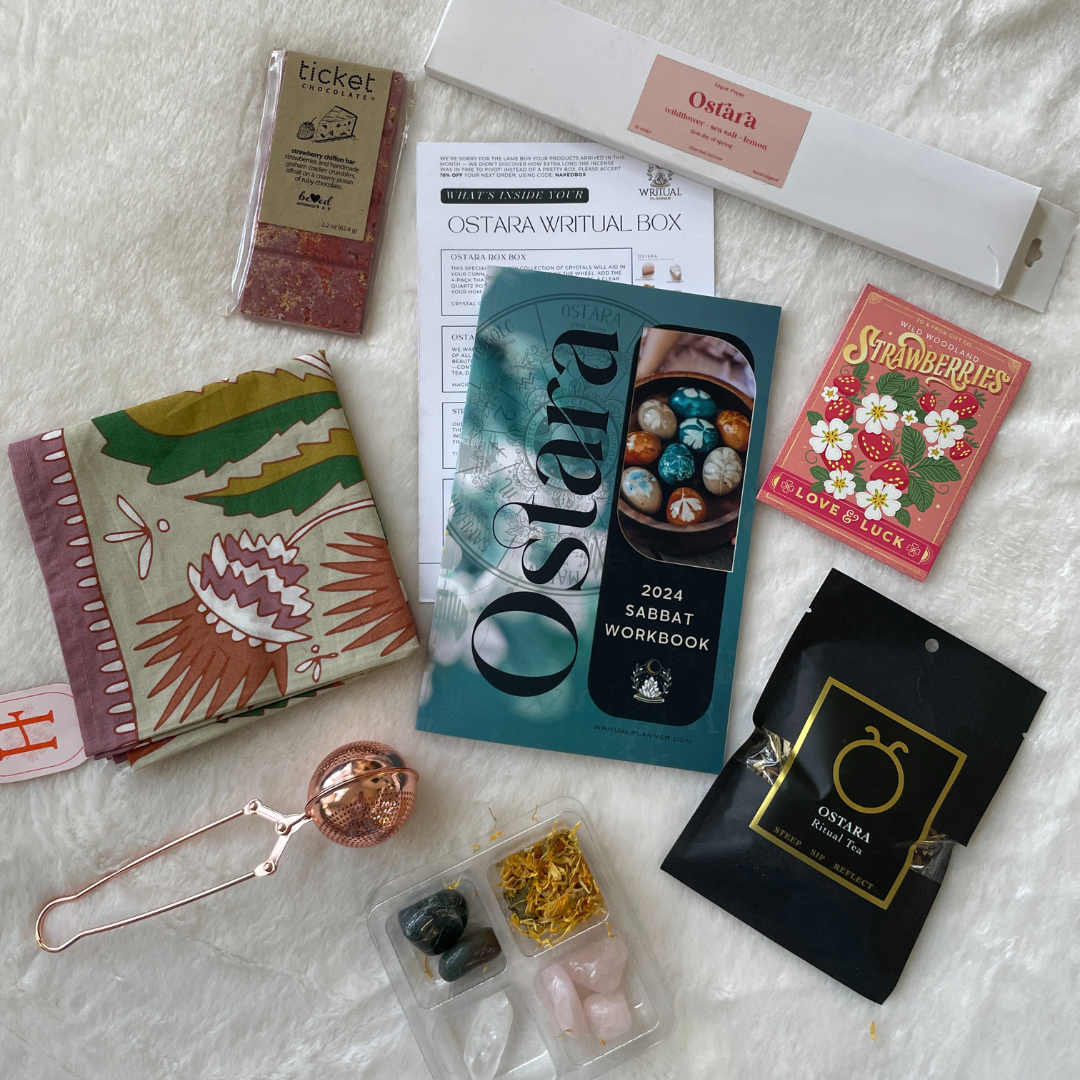
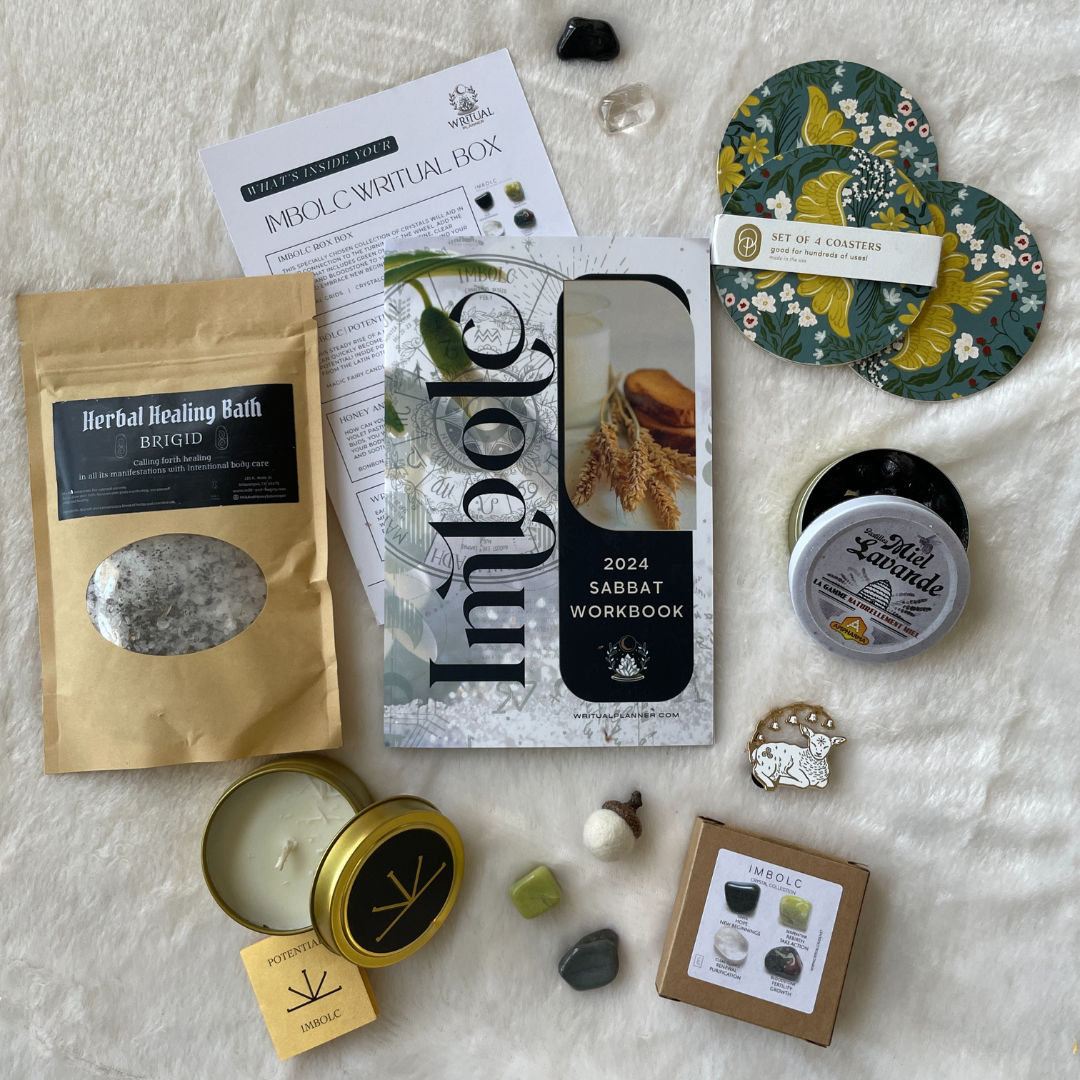
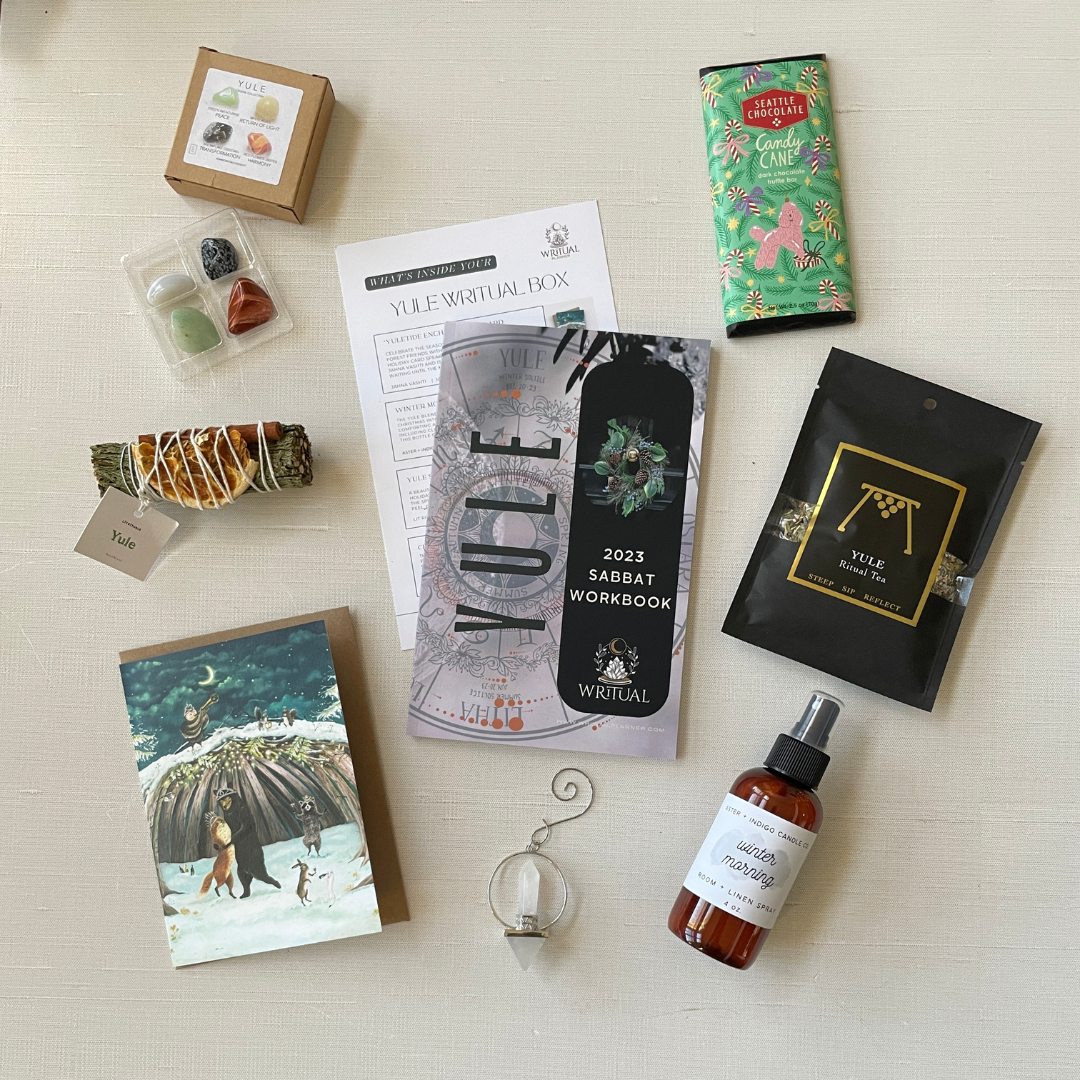
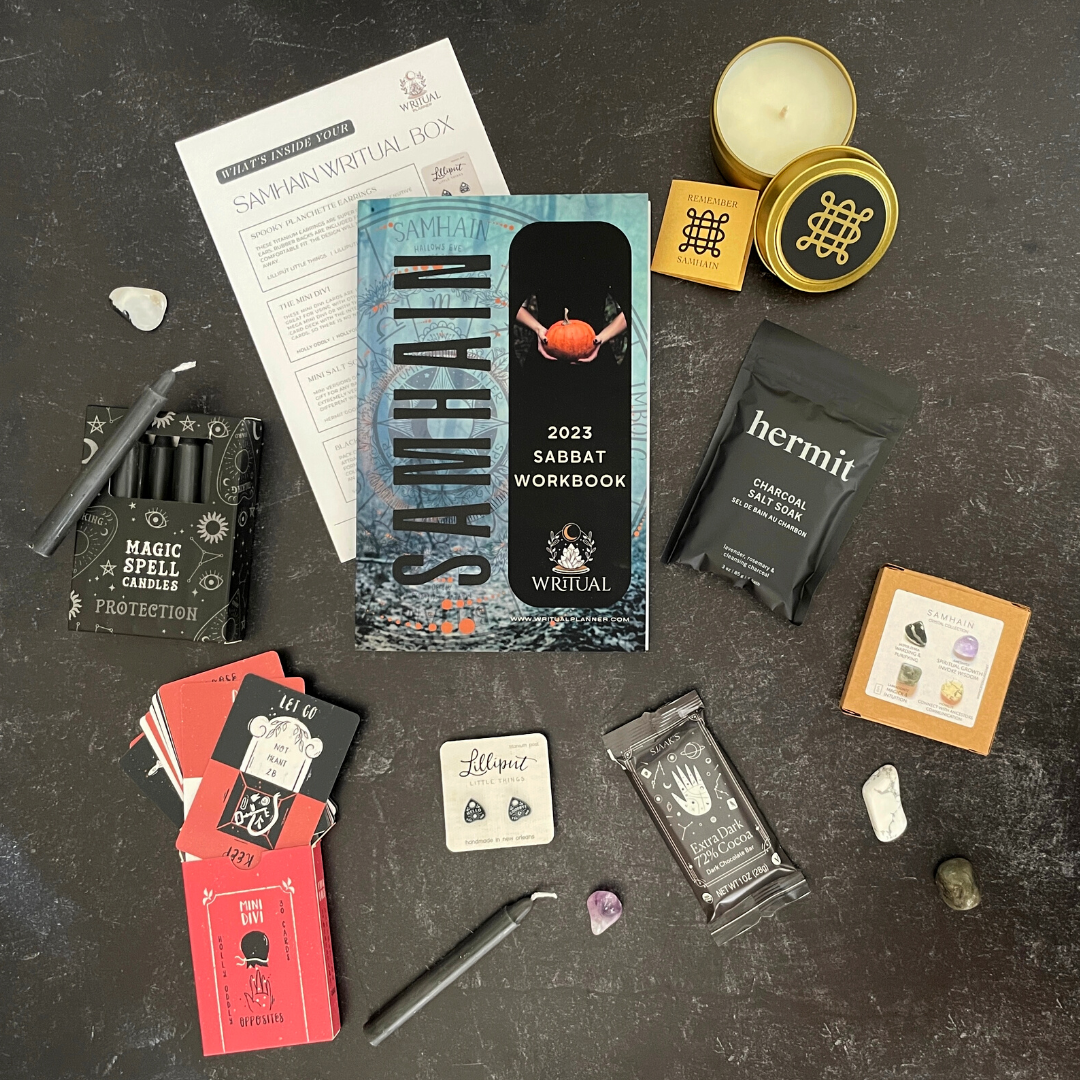
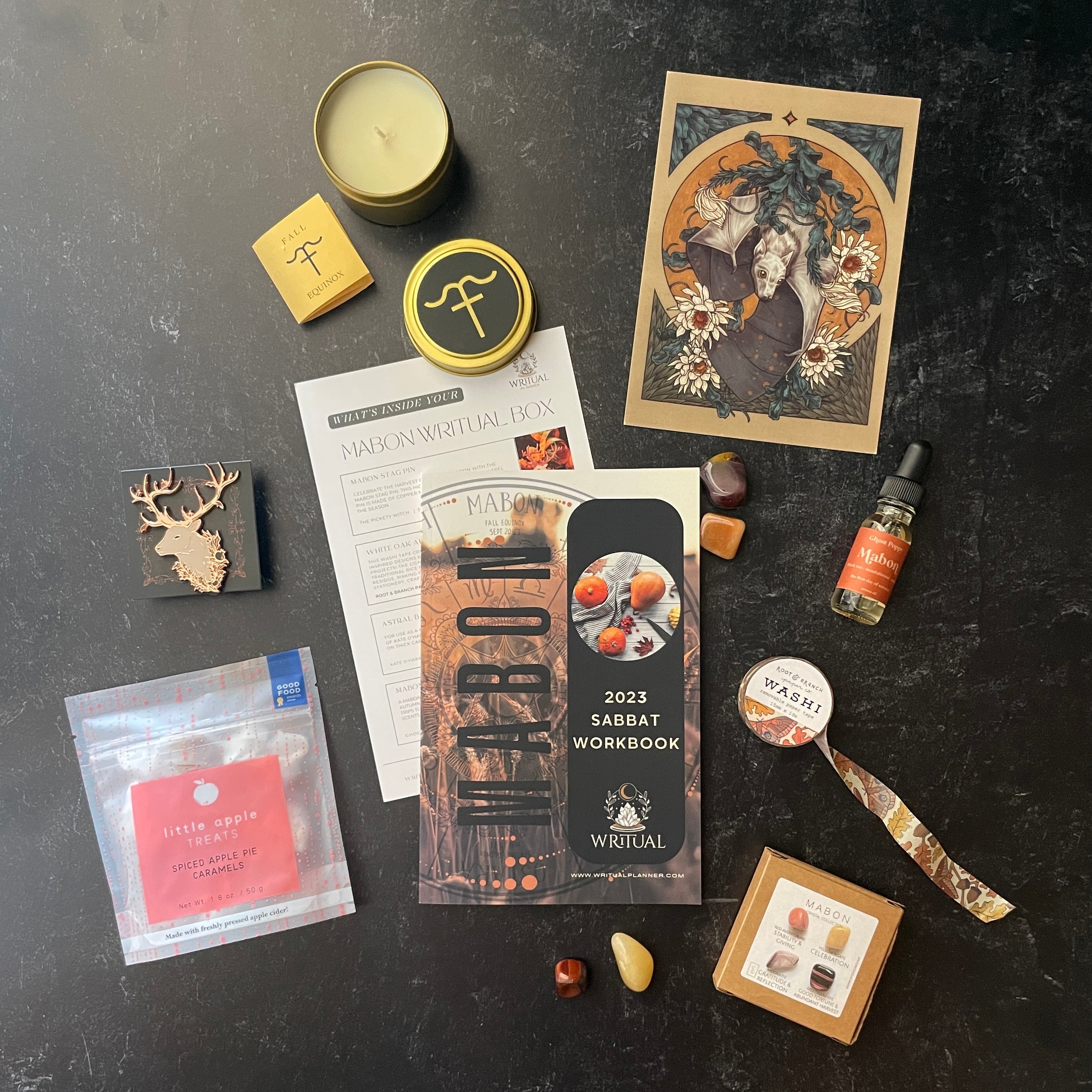
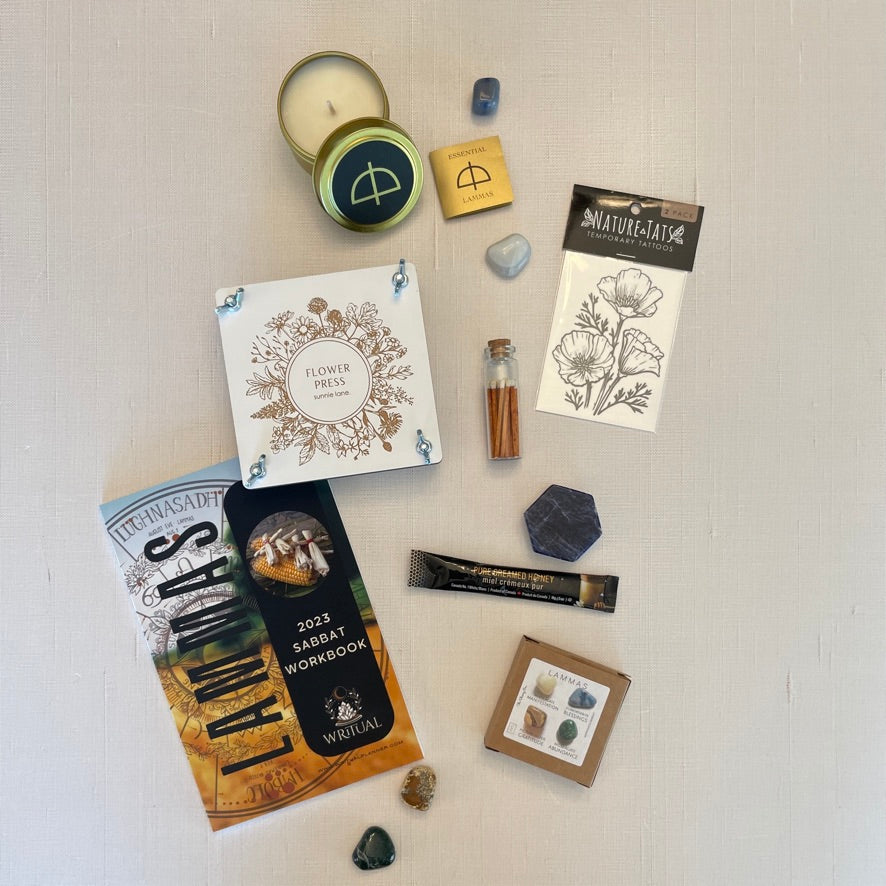
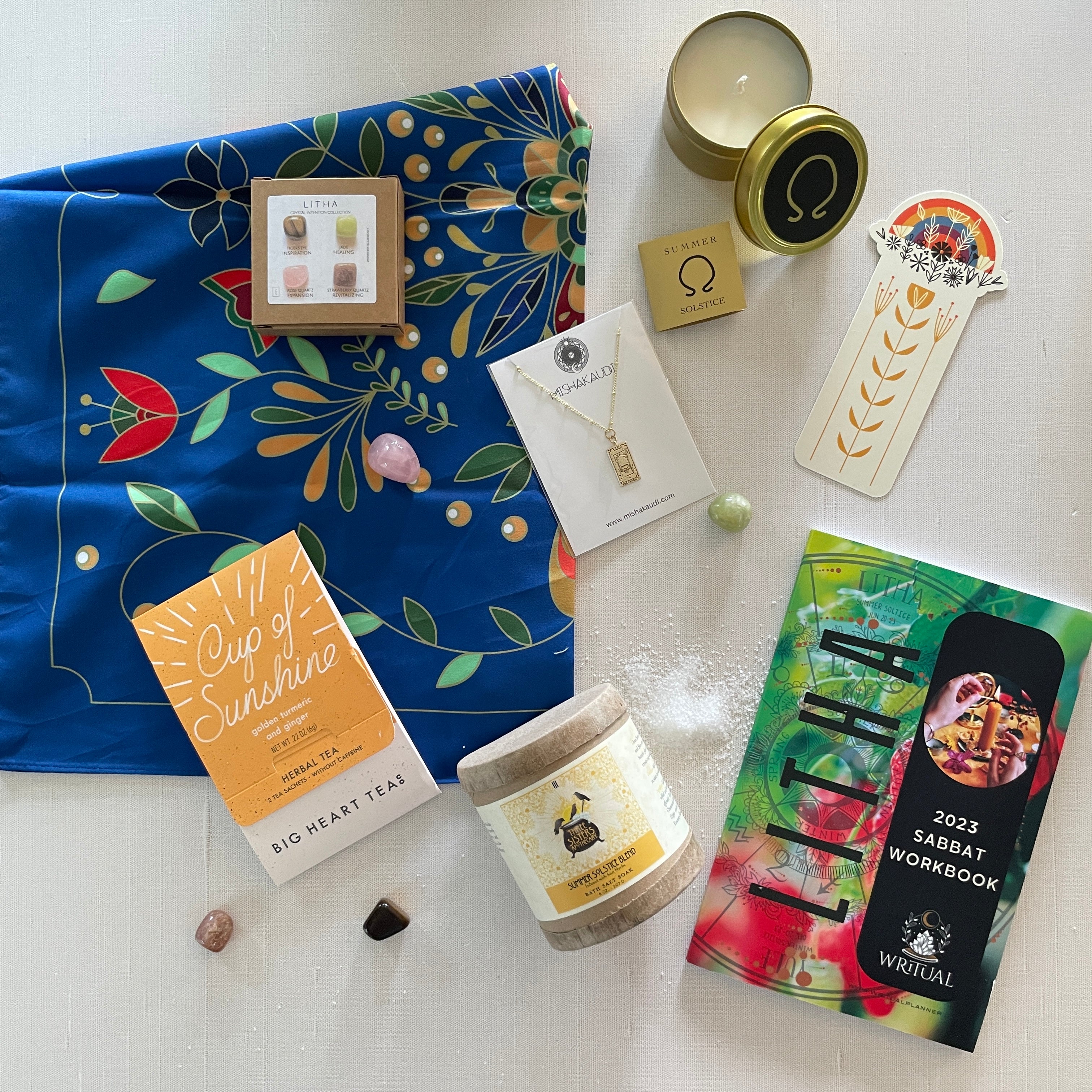
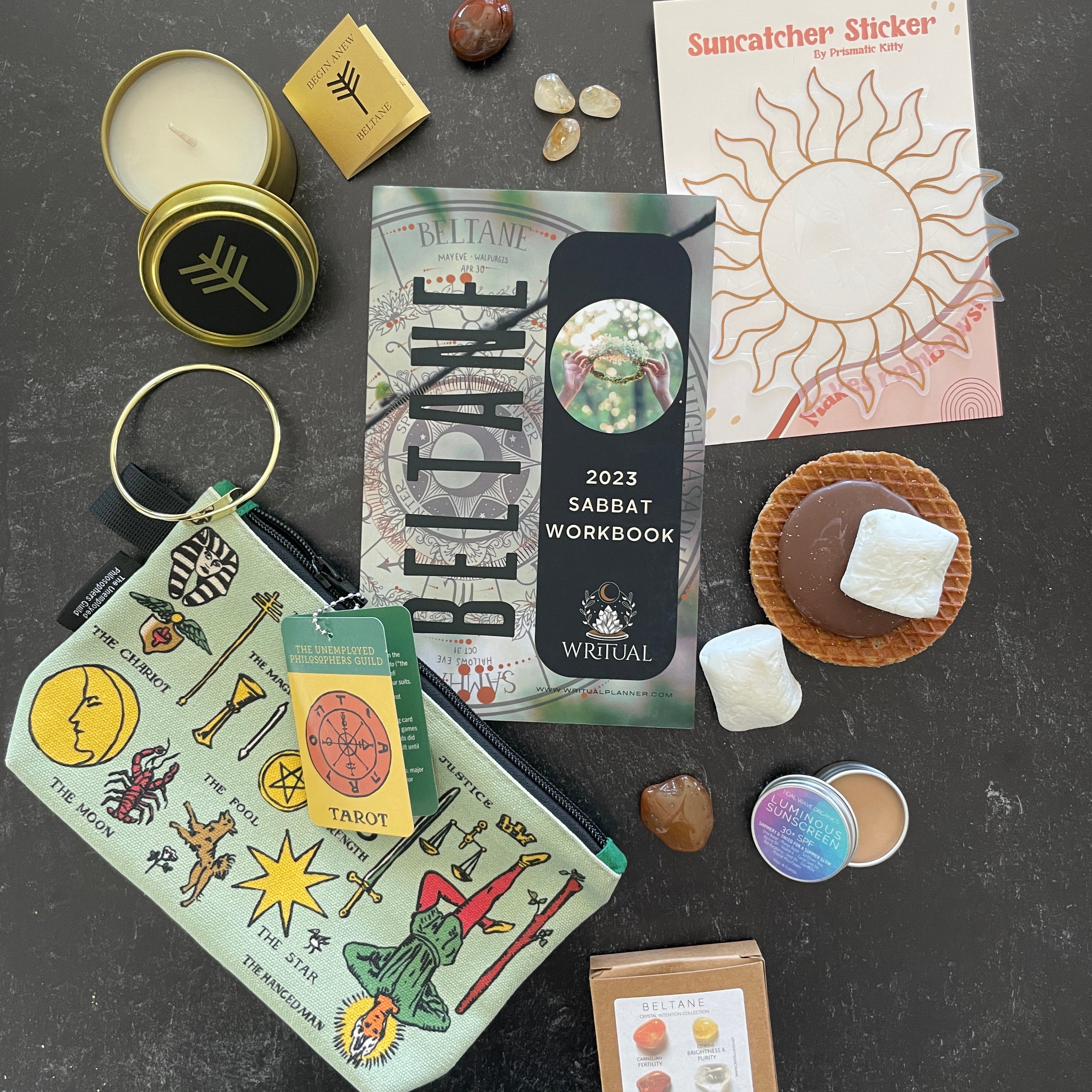
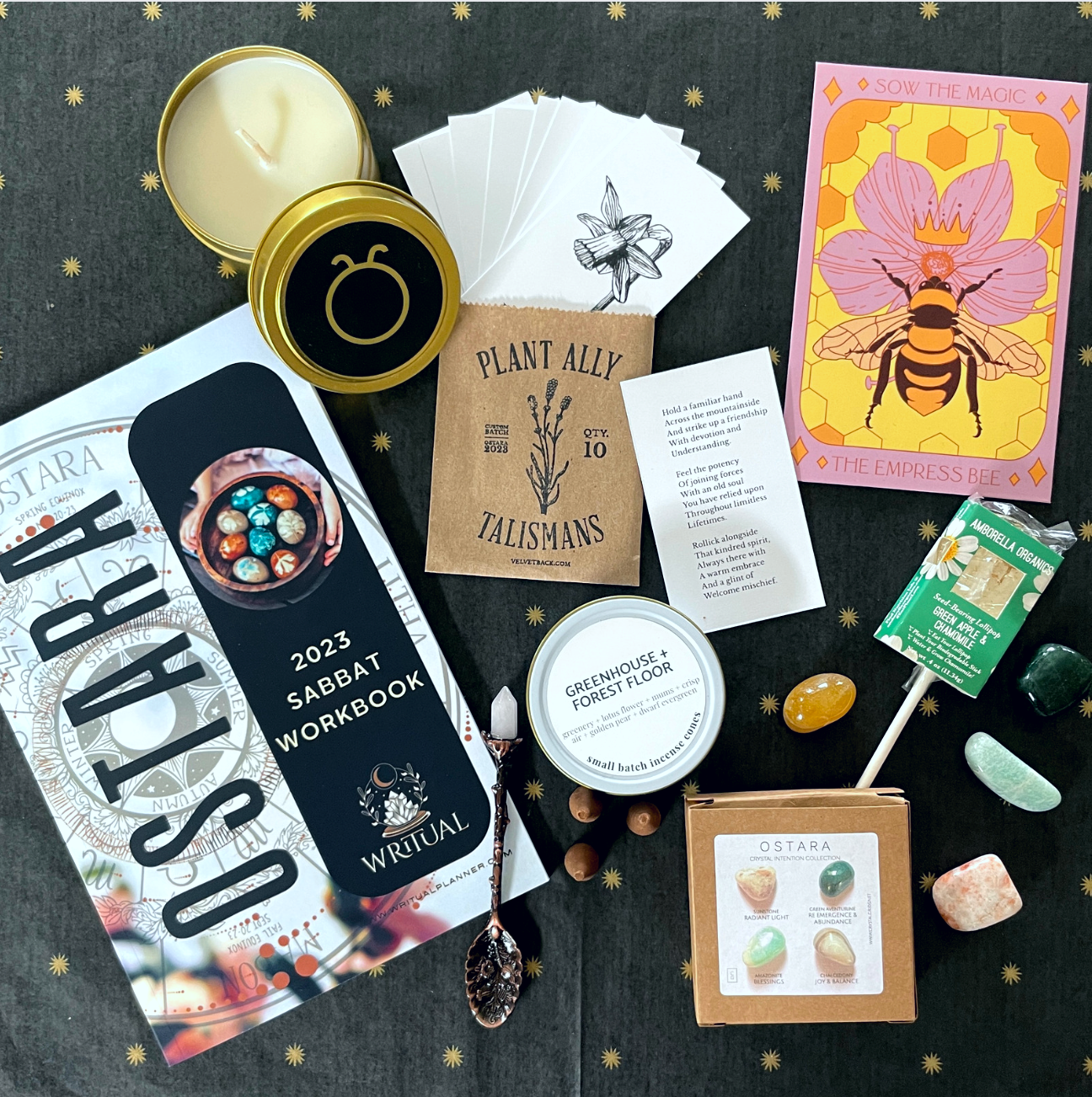
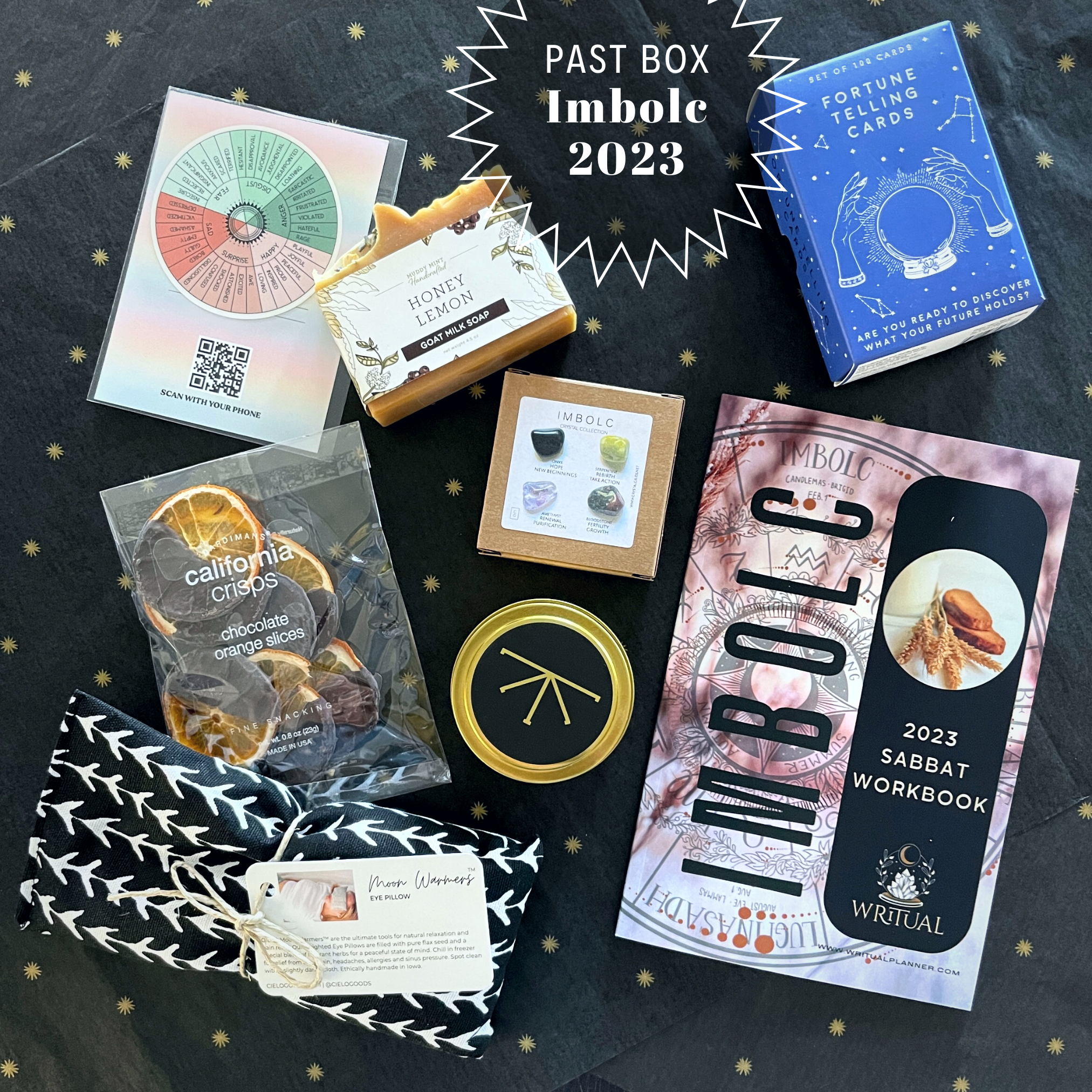

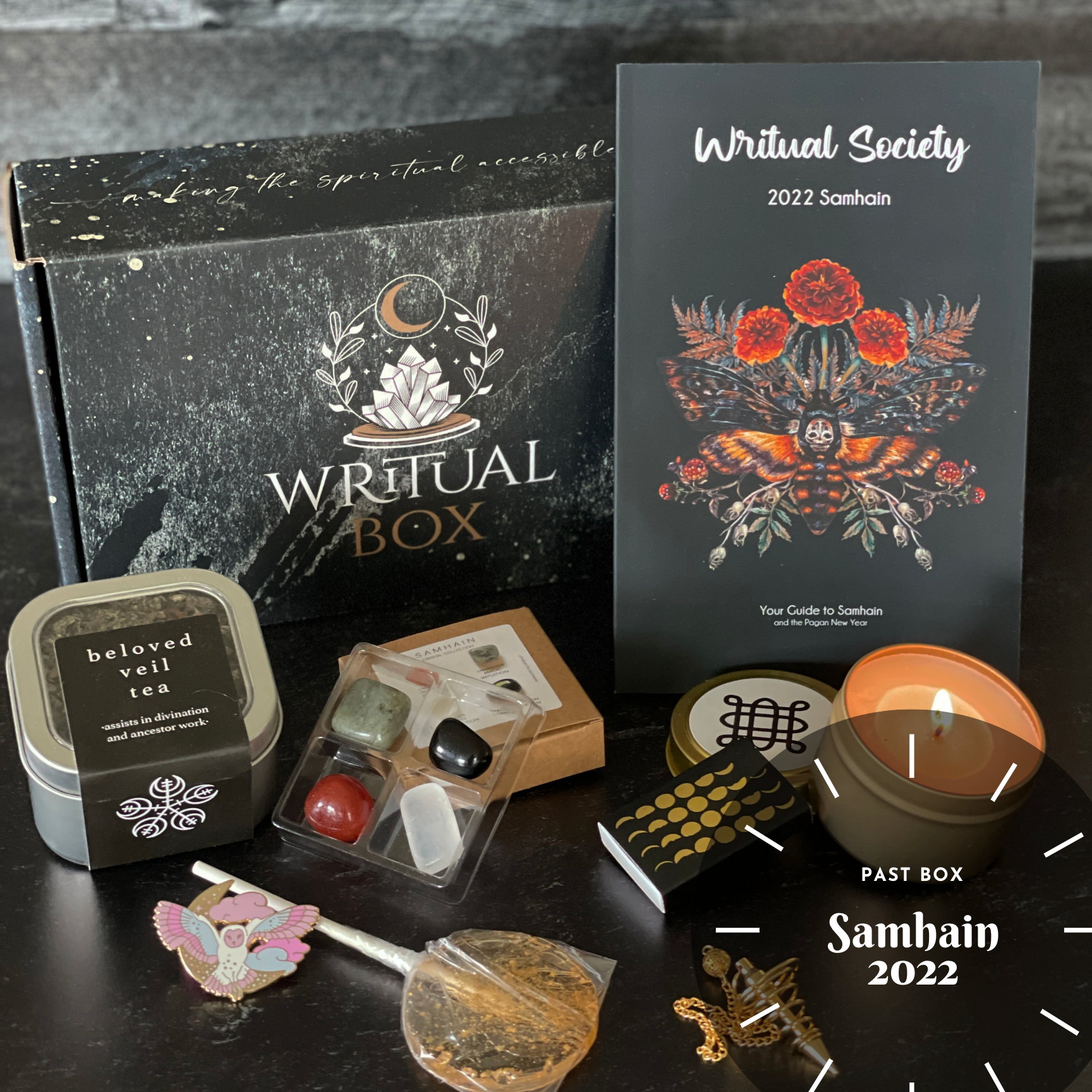


2 comments
this helped me so much!!
Thank you for writing this about the Sabbats! I’m a new wiccan, and only just starting to understand how to celebrate each of the Sabbats, this helped with my research a lot, so thank you again! Love your work!
Leave a comment